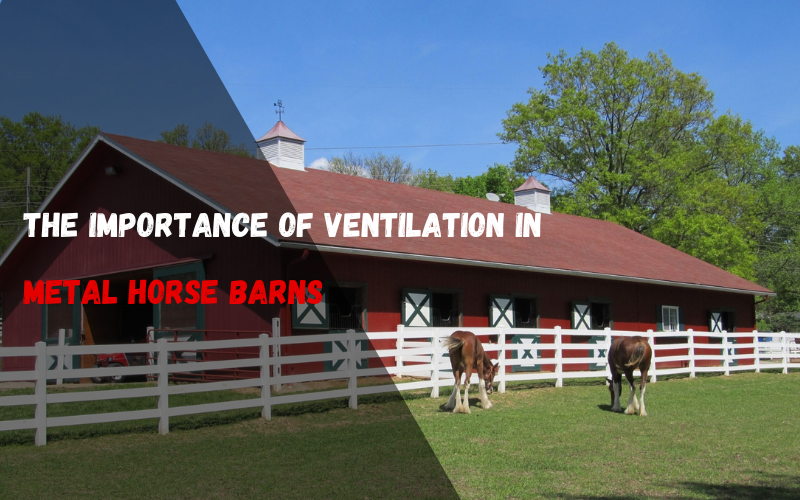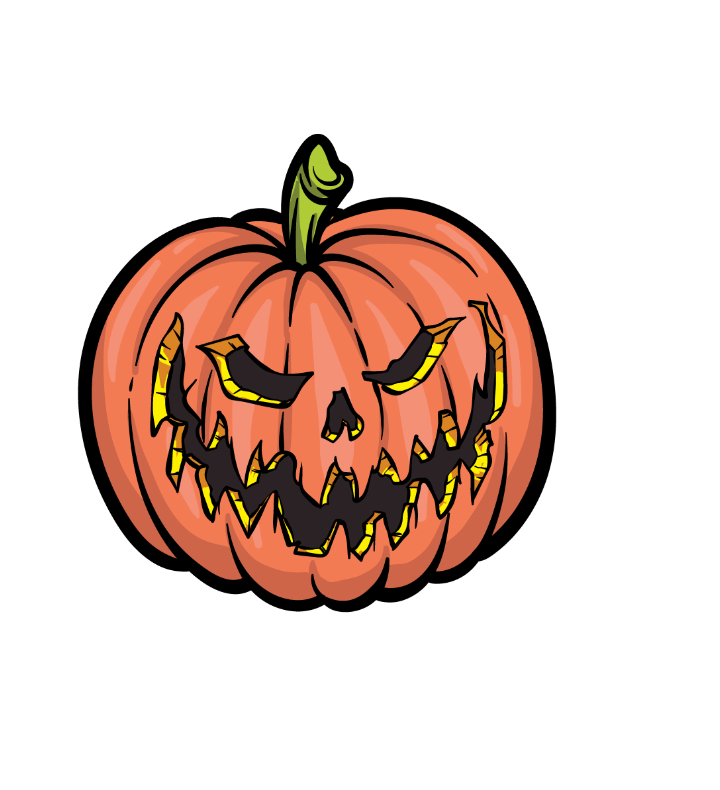What is the most important thing for an equestrian? Their beloved four-legged friend. The blog is for horse lovers who want to know why proper ventilation is necessary for their horses and how to maintain adequate ventilation in their metal barns. The main objective is to get fresh air circulation for our friends to be comfortable and healthy.
According to USDA National Agriculture Statistic Service (NASS), there are 459,526 horse farms in America, with a population of 2.8 million horses in 2020. In comparison, American Veterinary Medical Association (AVMA) reported the no. to be around 1.9 million. FDA combined both data to estimate the population of horses at 3.8 million to determine the potential drug. These reports are majorly from farms. Horses need special care and maintenance to remain healthy. This is where horse barn ventilation comes into play.
Below Are Some of the Reasons Why You Should Consider Ventilating Your Metal Horse Barn:
Professionals and vets recommend good vents for keeping the respiratory health of horses. Your metal horse barn should smell fresh forage. We can achieve that via plenty of openings in the structure so air can flow in and out.
THE PURPOSE:
- Horses produce moisture and a lot of heat. Plus, an adult horse defecates almost 8-12 times per day. Although horse feces do not pose any risk to humans, their urine and feces can give off ammonia. Ammonia in the air can irritate the eyes, nose, or throat. It can lead to an increase in respiratory problems for horses. High levels of ammonia can be toxic to foals as it can damage the immunity system of the young ones.
- Excess moisture can lead to breathing difficulties due to inflammation of the horse’s windpipe.
- Insufficient ventilation facilities can cause mildew and mold growth. These can cause disease or develop parasites.
- In the summertime, metal horse barns can warm up to 100 degrees. Horses are sensitive to heat stress and can get ill or, worst, die. A sound horse barn ventilation system lets hot air escape and cool air come in.
- Metal barns with high levels of humidity and warmth will attract pests who will use the horse body as a host. Especially during summer, bugs are more prominent and can cause irritation and discomfort.
- The ideal ventilation rate per horse is
- During winters, 12-19 L/sec (25-40 cubic feet per minute).
- During summers, 142 L/sec (300 cubic feet per minute).
- Proper insulation will ensure a good air distribution throughout the year to keep moisture, warmth, smell, or any dead air pocket in check.
AIR-QUALITY:
- The moisture content of a metal horse barn should be around 60% to 70%. Too little humidity will dry out horse nasal mucus leading to the entry of dust and germs into its lungs. Excessive humidity can diminish the insulating qualities of a horse’s hair coat and cause moisture to accumulate on the walls of a building.
- Horse barn temperature should be around 45℉ to 75℉ can be considered ideal. However, one should avoid sudden changes in air temperature.
- Your metal barn air should be free of gases like ammonia and hydrogen sulfide. Generally, these gases come from horse urine and decaying feces.
- Horses do not like living in a drafty area. A sudden blow of cold air might cause discomfort to your horses. Ensure the cold air coming in is spread evenly throughout the building.
Now that you have read how much airflow is essential to horses, you must wonder How to Ventilate Your Metal Horse Barn.
HORSE BARN VENTILATION TYPES:
Natural Ventilation:
- These are also called passive ventilation, i.e., it does not require electricity, making it an affordable option, and it requires less maintenance. This type of vent uses air buoyancy (warm air tends to rise, and cool air tends to settle down) and wind effects for air circulation inside the metal barn. It also provides more daylight.
- To ensure optimal installation of your metal horse barn, the length of the structure must be perpendicular to the flow of wind. This means any obstacles in the path of wind should be removed before installation. If not, opt for mechanical vents.
- Natural vents also do not prevent condensation of the metal structure, especially on the roof.
- It is advised to prefer upward vents as horizontal air flow from exhaust fans can spread pathogens from one stall to another. Vertical-designed vents push air up and out.
- You can add windows and doors to your metal barn. This will enhance air to move freely through your horse stable. It would be best if you preferred a Dutch stall door so that the horse can lean outside from time to time for fresh air.
- Storing hay on the top of your barn is not a good idea as it can hinder the airflow.
Mechanical Ventilation:
- Try installing mechanical vents if your steel barn has no natural air or wind source. A mechanical vent will improve air quality and reduce moisture content in the air.
- Exhaust fan: It removes hot and moist air from the metal barn. It does so by drawing outside air inside and expelling it through the roof or walls. Some common examples are gable and attic fans.
- Supply fan: It brings fresh air into your steel barn from the outside. They work well with exhaust fans.
- Proper sizing of the fans is also crucial, as small fans will not be efficient enough for your horse barn, and if they are too large, it would be a waste of energy and power. It is best to have a professional take a look and install fans in your barn.
- Apart from size, their placement is also essential. Ensure that they are not creating too much noise. Exhaust fans help to keep a check on condensation.
You Might Like: Common Metal Garage Mistakes That You Must Avoid
Wrap Up
According to Horse Industry Statistics 2023, the horse industry contributes $122 billion annually to the American economy and employs 1.74 million people. Hence, protecting and maintaining their healthy is a topmost priority. The highest no. of horses is in Texas, followed by California. As you can see, many horse barns and individuals love keeping horses as their pet friends or for recreational and entertainment purposes. Some of them are still used for specialized tasks like carrying loads.
Whatever the reason, you love your horses and want to keep them in the best of their health. The abovementioned point will guide you to maintain a proper and comfortable environment for your friend. Horses spend years in their metal barn, and ensuring they get the best facilities is your top priority. Before designing a horse barn, talk with a skilled designer who can help you with building plans and estimate your budget. If you want any help from us, feel free to contact us.



